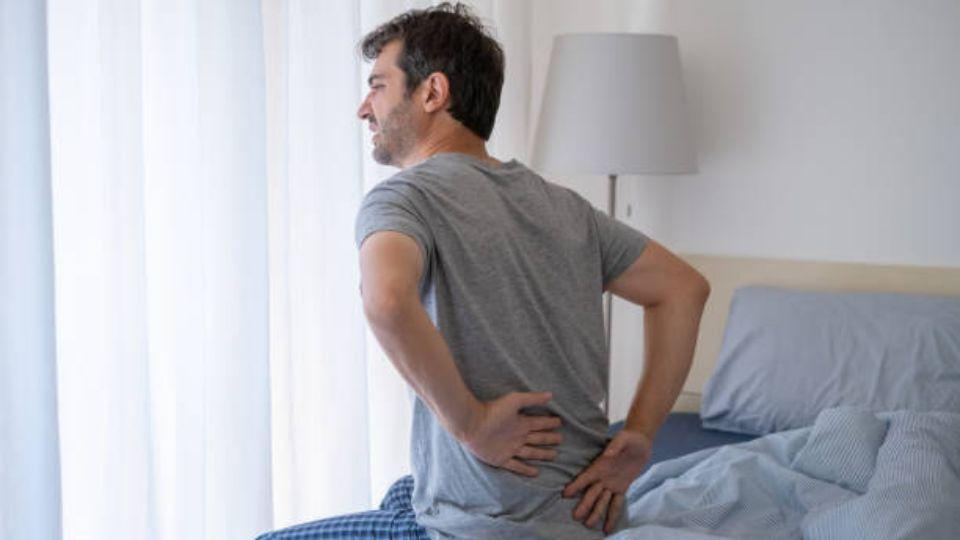
Sometimes, patients come to you describing a pain in their back that they cannot quite pinpoint. As healthcare professionals, it is essential to understand and recognize the potential symptoms of a slipped disc, so you can provide accurate guidance and treatment. In this article, we'll discuss what a slipped disc feels like, as well as potential treatments for this issue.
Demystifying the Slipped Disc
A slipped disc occurs when the soft, gel-like interior of the intervertebral disc bulges out through a tear or weakening in its tough, fibrous outer layer. This bulging can result in pressure on the spinal nerves, causing symptoms that may be felt locally or radiate along the nerve.
These symptoms of a slipped disc can range from mild to very severe, depending on the size and location of the bulge. The most common symptom of a slipped disc is lower back pain, which may be localized or radiate to other areas. Knowing that this is a potential symptom of a slipped disc may help you to diagnose and provide appropriate treatment.
The Symptoms of Slipped Disc
Localized Pain
Localized pain in the affected area is often the first noticeable symptom. The pain may vary depending on the extent of the damage and the location of the slipped disc. Patients may describe the pain as sharp, dull, or throbbing, and the intensity can range from mild to severe.
Radiating Pain
As spinal nerves are compressed, pain can radiate into the arms or legs. For instance, a slipped disc in the cervical spine may result in symptoms felt in the neck, shoulders, arms, or hands. Similarly, a slipped disc in the lumbar region can lead to pain in the lower back, buttocks, thighs, and legs.
Tingling and Numbness
Patients suffering from a slipped disc may experience sensations akin to "pins and needles" in the areas affected by nerve compression. This tingling and numbness can worsen with specific movements, such as bending or lifting.
Muscle Weakness
Slipped discs can result in weakness of the muscles served by the affected nerves. Patients may describe difficulty in grasping objects, walking, or lifting due to this loss of strength and coordination.
Finding Relief for Your Patients
When diagnosing a slipped disc, it is important to recommend treatments that will provide relief from their symptoms. Depending on the severity of the slipped disc, treatment may include medication, physical therapy, or surgery. The use of a traction machine for back issues may also provide substantial relief to the patient by decompressing the lumbar regions and promoting the healing process.
It is also important to suggest lifestyle modifications that can help the patient manage their symptoms. Advice on proper ergonomics and stress management may be essential to the long-term management of this condition. The better the patient is able to manage their condition, the higher the likelihood of a successful outcome.
Final Thoughts
We hope this article has helped you to gain an understanding of what a slipped disc feels like and the treatments available to help manage its symptoms. With the right diagnosis and treatment plan, patients can find relief and long-term success in managing their condition. You may also explore the benefits of incorporating a spinal decompression machine into your practice to offer effective non-invasive treatments for patients suffering from slipped discs. Contact us today for more information on how this advanced technology can improve patient outcomes and overall satisfaction.
